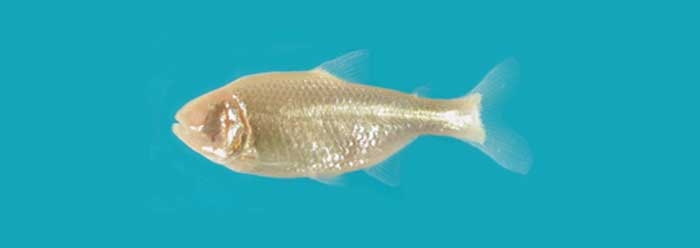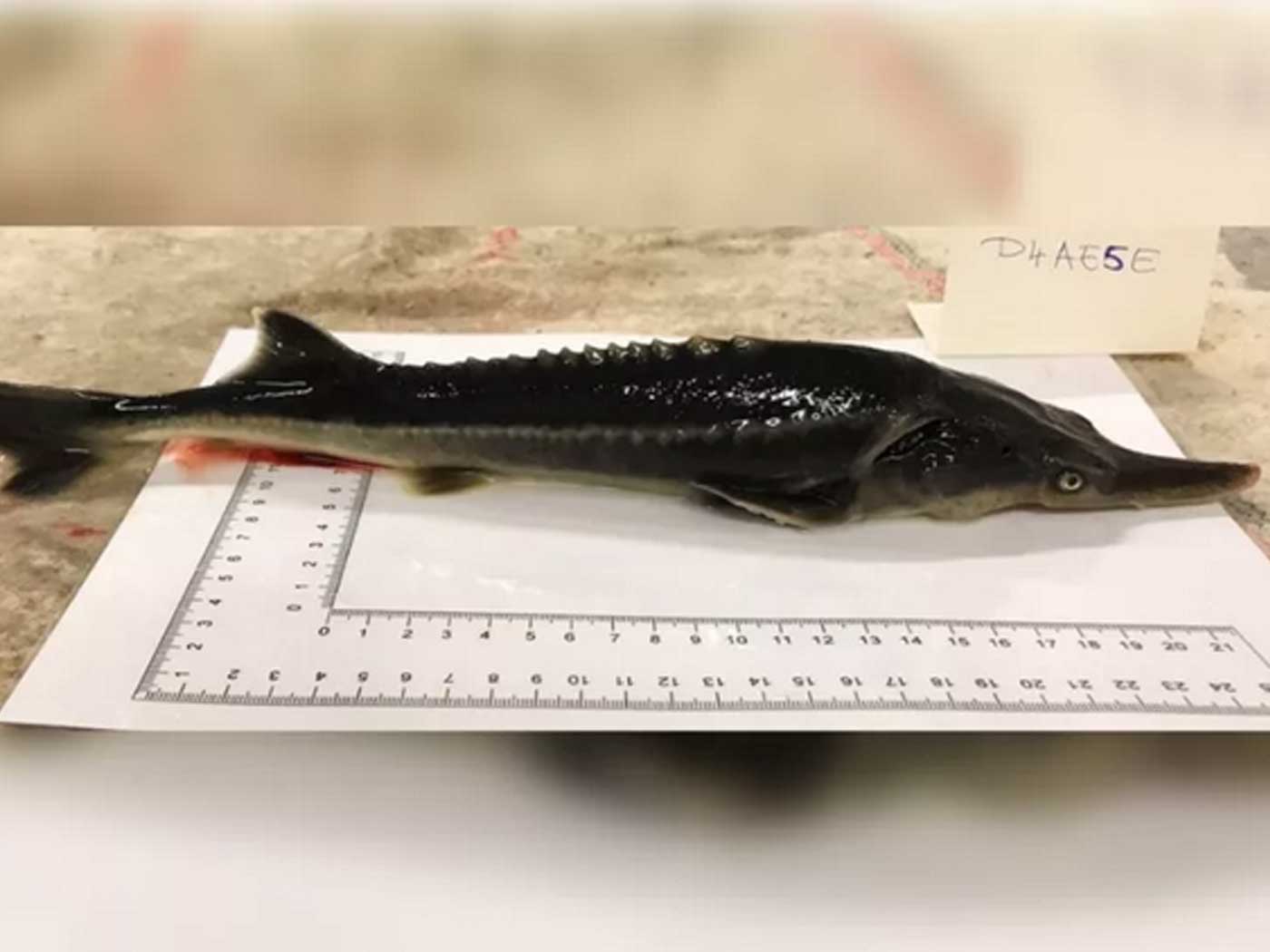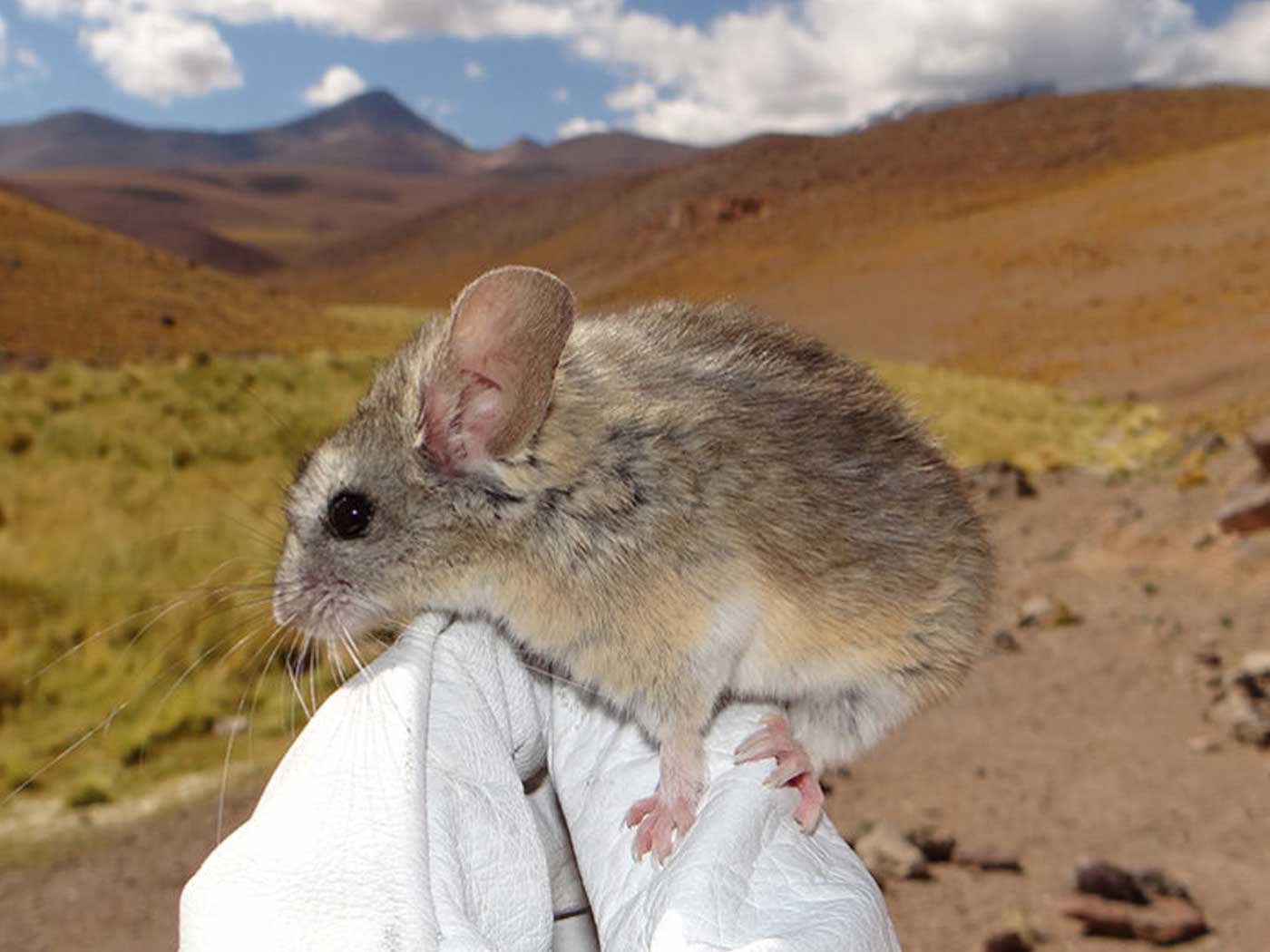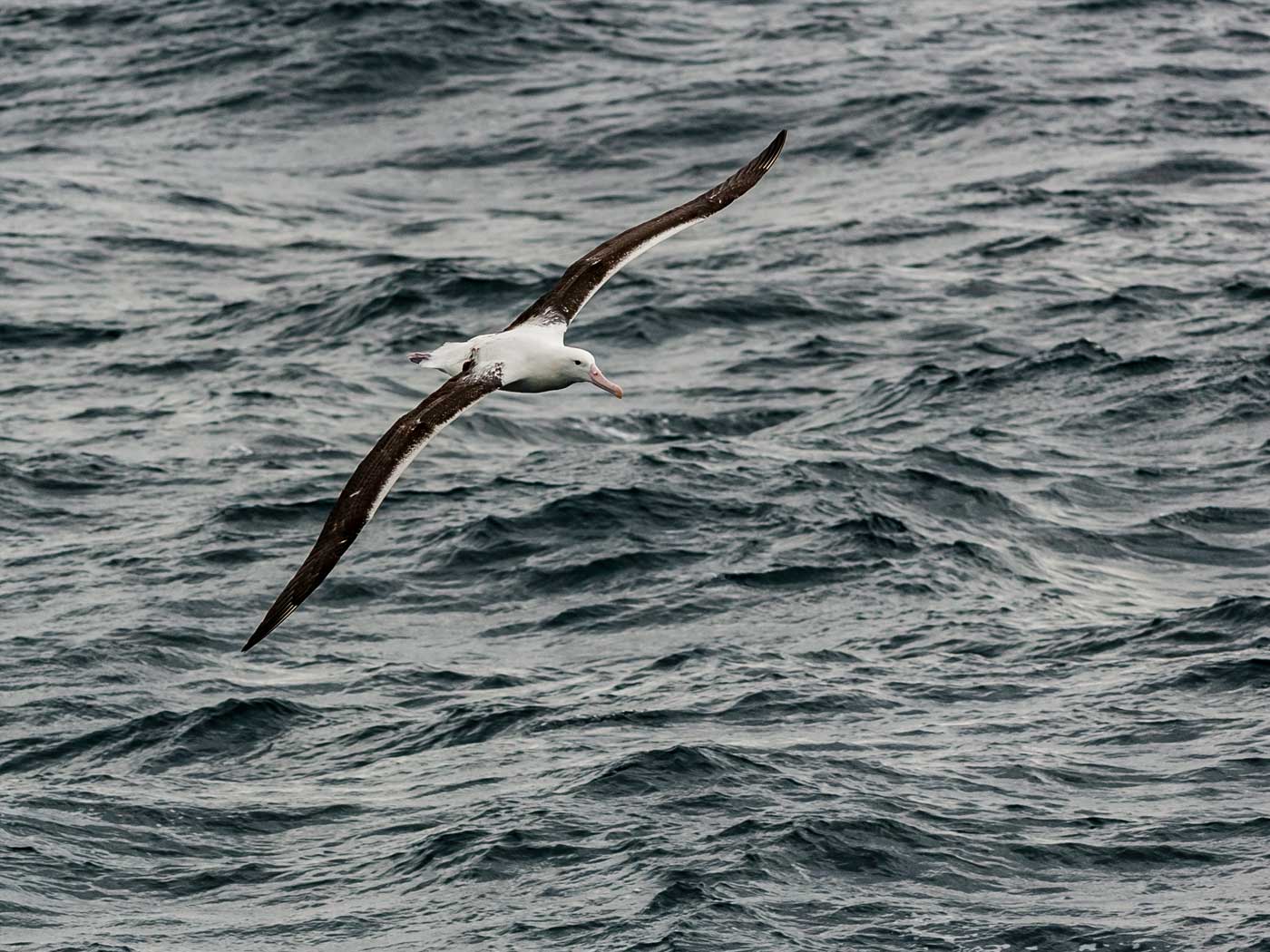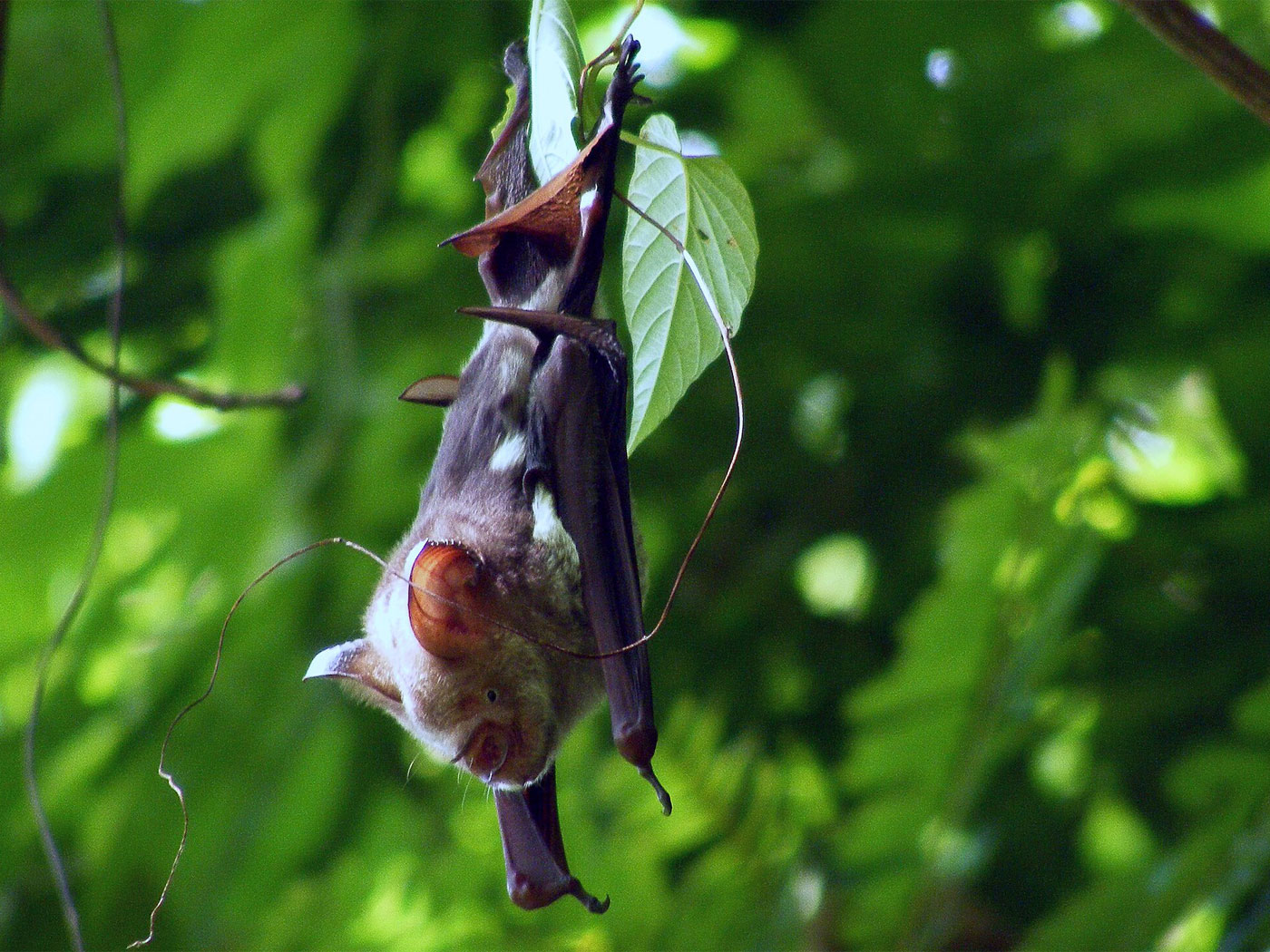How do fish that can see make the switch to blind cavefish, and should that process really be called “evolution”? This transformation fascinates biologists. Picture the scene—a normal-looking fish lays normal-looking eggs, but its hatchlings look like something from science fiction. Thin, pale-pink skin covers not just their bodies but their shrunken eye sockets as well.
MIT biology professor Susan Lindquist helped test the role a protein called “HSP90” plays in Mexican tetra (also known as blind cavefish) embryos.1 She has been studying the protein’s dramatic effects in plant, yeast, and fruit fly development, giving her a hunch that it might be working in fish, too.
Publishing in the journal Science, the team found that environmental cues somehow communicate to HSP90 in developing fish and that the protein does indeed control genetic variation for the size of tetra eyes and their sockets.1
The researchers ran two experiments. In one, they raised tetra with a chemical in the water that suppresses HSP90 activity. In another, they raised tetra in water with low-conductivity, mimicking that of cave water. Both tests induced essentially the same variations—a wider range in eye dimensions, even from parents with normal, average-size eyes. Therefore, it looks like the developing fish detect water conductivity, which inhibits HSP90, while still in their eggs.1 This appears to be one of the interrelated internal mechanisms that helps generate blind cavefish traits.
The study authors wrote of their results, “This strongly suggests an involvement of HSP90 in cavefish evolution and provides an actual case in nature for Waddington’s classic theory of the role of canalization in evolution.” They stated that “changes in HSP90 function can lead to changes in phenotype.”1,2
However, using the term “evolution” might prove as slippery as a cavefish. Textbook descriptions of evolution detail endless morphing between creature kinds through natural selection of mutants. But the sightless Mexican tetra exhibits development of helpful, cave-specific traits—not from harmful mutations but through genetic variability buffered by HSP90. For example, they acquire heightened, non-visual, sensory capabilities like those that detect motion, chemicals, and conductivity—and their lack of sight aids these capabilities. Plus, multiple subpopulations of the same fish kind have generated exactly the same cave-specific features in different caves at different times, and sighted and blind varieties have even interbred.3
Since the changes in these fish probably do not occur by natural selection of mutants, does attributing them to “evolution” help explain the real, underlying biology? Mutations do not cause all changes in living things, so lumping both mutational and non-mutational causes together under one category (evolution) can be misleading. Instead, these observations align with design and built-in adaptability, not slow and gradual evolution.
Researchers wave the flag of evolution over all this cavefish biology, but the design of HSP90 actually makes the changes in several creatures through its “delicate balance of protein folding,” according to a press release from the Whitehead Institute for Biomedical Research.4 By showing that specific biochemical mechanisms—like variable amounts of HSP90—generate trait variations inside developing fish, these Science results fall right in line with the idea that a great Creator crafted high-tech genetic programming.
References
- Rohner, N. et al., 2013. Cryptic Variation in Morphological Evolution: HSP90 as a Capacitor for Loss of Eyes in Cavefish. Science. 342 (6164): 1372-1375.
- The quote refers to canalization, an idea that Conrad Waddington—a 20th-century British geneticist, embryologist, paleontologist, and Marxist philosopher—published in 1942. The Science authors summarized his ideas, writing, “Waddington proposed that developmental processes are quite robust and produce the same phenotype [physical trait] regardless of minor genotypic [genetic] variation, a phenomenon he termed ‘canalization.’ In such conditions, cryptic [hidden for generations] variation can accumulate and can be maintained without consequence.” (See reference 1.) Robust processes like these that anticipate and work around obstacles do not naturally occur.
- See references in Thomas, B. Evolution Made Cavefish Go Blind? Creation Science Update. Posted on icr.org February 7, 2012, accessed December 27, 2013.
- Fearer, M. Rapid Evolution of Novel Forms: Environmental Change Triggers Inborn Capacity for Adaptation. Whitehead Institute for Biomedical Research. Posted on wi.mit.edu December 12, 2013, accessed December 23, 2013.
Image credit: William Jeffery/MBL Woods Hole
* Mr. Thomas is Science Writer at the Institute for Creation Research.
Article posted on January 8, 2013.




